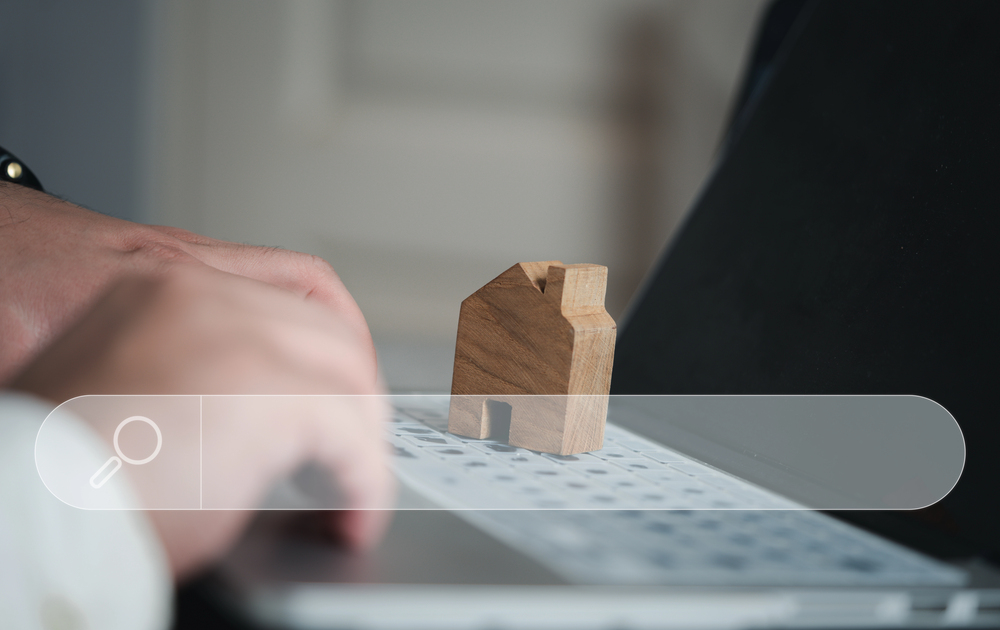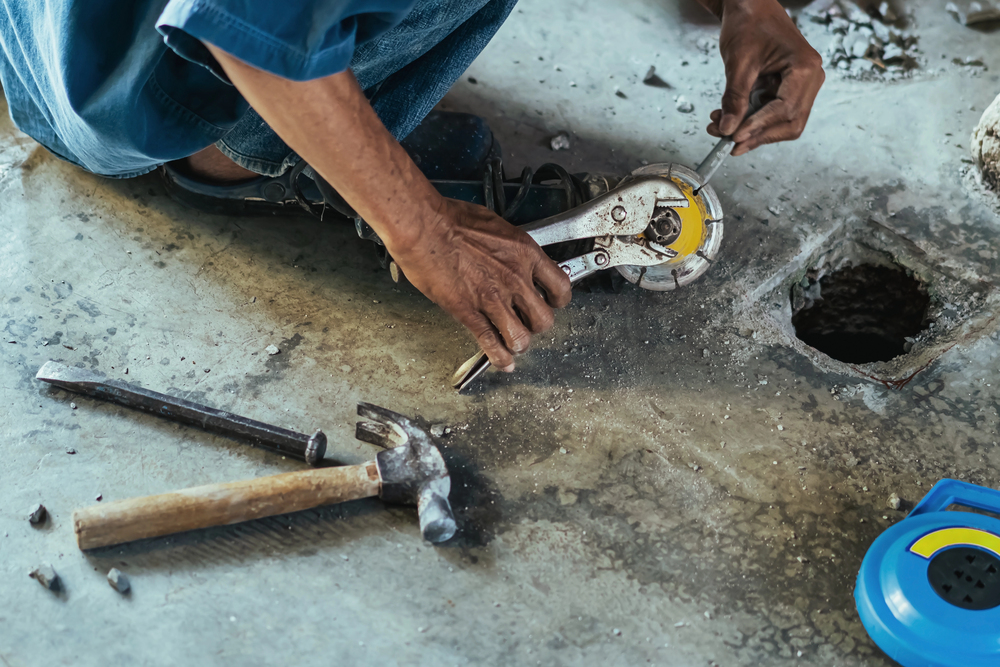
Working from home offers freedom and flexibility, but it also comes with unique challenges. One major concern for home-based professionals is how seasonal weather challenges can affect their work environment. Seasonal shifts bring humidity, heavy rains, storms, and extreme temperatures that can disrupt productivity and damage property. Creating a well-protected home workspace helps you stay efficient all year long. This post details understanding seasonal risks for home offices, assessing your workspace for vulnerabilities, and more.
Understanding Seasonal Risks for Home Offices
Every season presents different threats to your workspace. Spring may bring heavy rain and flooding, while summer heat can cause moisture buildup and equipment overheating. In autumn, falling leaves can block gutters and drainage systems, leading to roof leaks. Winter introduces freezing temperatures that may cause pipe bursts and power outages.
Understanding these risks helps you prepare and protect your workspace before problems occur. A well-maintained home office ensures that your work remains uninterrupted. Preventative maintenance reduces costly repairs and minimizes downtime, which is essential when your home doubles as your workplace.
Assessing Your Workspace for Vulnerabilities
Start by examining your workspace for potential problem areas. Look for cracks in walls, ceilings, or window frames that could let in water or cold air. Check your roof and gutters for debris or weak spots that could worsen during a storm. Make sure that outdoor drainage systems direct water away from the foundation.
If your workspace is in a basement or attic, consider installing insulation and moisture barriers. These improvements help regulate temperature and protect electrical devices. Keeping an eye on small issues prevents them from becoming large problems that disrupt your business operations.
Weatherproofing Your Home Office
Weatherproofing your home office is one of the best investments you can make. Sealing windows and doors with weatherstripping prevents drafts and loss of energy. Adding insulation in walls and ceilings keeps the temperature stable throughout the year.
You can also install surge protectors to shield computers and other electronic devices from power fluctuations during storms. Consider using waterproof flooring materials in areas prone to moisture exposure. Even small upgrades can make your workspace safer and more energy-efficient.
Managing Water and Leak Risks
Water intrusion is a common cause of property damage and health concerns. Leaks can lead to mold growth, electrical hazards, and structural issues. Inspect your roof regularly for missing shingles or cracked flashing. Clean gutters and downspouts to prevent water from pooling near your foundation.
When heavy rain or storms cause roof damage, act quickly to prevent further issues. In these cases, professional services specializing in storm damage leak repair can help restore your home office’s safety and functionality. Addressing water damage immediately protects both your workspace and your long-term productivity.
Maintaining Indoor Air Quality and Comfort
Weather changes can also affect the air quality inside your home office. During hot months, humidity levels may rise, creating discomfort and mold risk. In winter, indoor air can become dry, irritating your throat and skin.
Using dehumidifiers and air purifiers keeps air quality stable and comfortable. Clean HVAC filters regularly and have your system inspected before each season. Consistent airflow and temperature control help you focus on work without the distraction of environmental discomfort.
Creating a Seasonal Maintenance Routine
A maintenance schedule ensures you stay ahead of weather-related problems. Inspect your home office every season, checking for signs of wear or leaks. Make a checklist of tasks like sealing windows, testing smoke detectors, and cleaning gutters.
Involve professionals for tasks that require expertise, such as roof inspections or plumbing maintenance. Scheduling these checkups before extreme weather seasons can prevent emergency repairs and save you money. Treat your home workspace like a business asset that requires regular upkeep.
Protecting Your Data and Equipment
Weather events can cause power outages, surges, and internet interruptions. Use surge protectors and uninterruptible power supplies to safeguard your electronics. Regularly back up your files to cloud storage or an external hard drive.
Keeping equipment off the floor can also prevent damage from unexpected leaks or flooding. Label your cables and organize them neatly to avoid tangles during quick relocations if needed. These steps ensure your work continues smoothly, even during adverse weather.
Investing in Long-Term Resilience
Consider making long-term improvements to strengthen your property’s resilience. Upgrading roofing materials, installing smart thermostats, or adding weather monitoring systems can protect your investment. These changes may also increase your home’s value and energy efficiency.
If you plan to work from home for years, treat your workspace as a vital part of your professional success. Reliable protection from seasonal weather challenges means fewer disruptions, better comfort, and greater peace of mind..
Endnote
Your home workspace should be a safe and productive environment, regardless of the season. By identifying risks, performing routine maintenance, and making smart upgrades, you can protect your home office from seasonal weather challenges. A proactive approach keeps your business running smoothly and your property in excellent condition all year long.
Find a Home-Based Business to Start-Up >>> Hundreds of Business Listings.















































